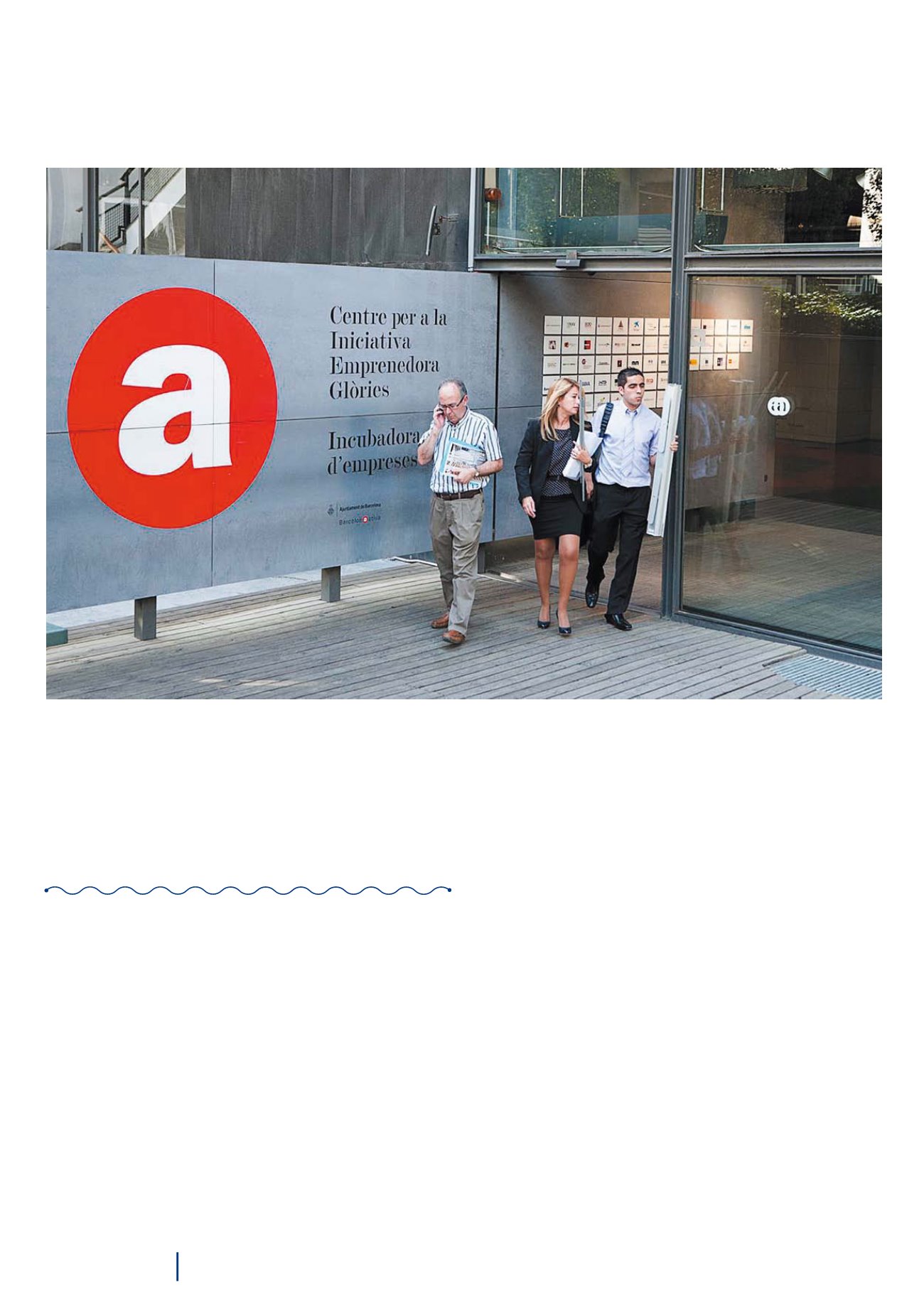

Cross-border
economic
development
86
Cross-cutting themes in cross-border economic development
Regional authorities, which have key competences in the area of
economic development (regarding innovation, training, research and
entrepreneurship) in the majority of Member States, are encouraged to
take ownership of this new framework and use it to draw up development
strategies that allow them to mobilise and increase the economic
potential of their territories.
Regional innovation and smart specialisation strategies (SRI-
SIs)
identify regions’ assets in terms of research, technological
development and innovation, determine the areas that are to be
prioritised in terms of investment in the coming years and establish
cross-cutting priorities that will foster synergies within the regional
economy. These strategies should act as road maps for the regional
authorities for the 2014-2020 period in the area of innovation.
However, cross-border economic development is not systematically
targeted as a territorial asset and a potential competitive advantage
at the level of the global economy by all border regions. In the case of
France, such targeting is uneven:
Ì
Ì
The regions of Nord-Pas de Calais, Lorraine, Alsace,
Franche-Comté, Rhône-Alpes, Provence-Alpes-Côte d’Azur,
Languedoc-Roussillon and Aquitaine
all make reference to
the need to pursue cross-border technological partnerships,
notably as regards digital and creative industries in Nord-Pas
de Calais, smart tooling and eco-efficient processes in Lorraine,
new technologies and chemicals in Alsace, etc., but there is little
focus on this aspect in Languedoc-Roussillon and Aquitaine.
Convergence at inter-regional and European level is generally
targeted by those same regions.
However, the identification of cross-border potentialities is based solely
on an analysis of the economic fabric of the region, without any regard
for the innovation ecosystem of the neighbouring country, which is a
player in its own right in any cross-border technological partnership.
Business incubator “Barcelona Activa”, Creamed project (Pyrenees-Mediterranean Euroregion)
© Eurorégion Pyrénées-Méditerranée



















